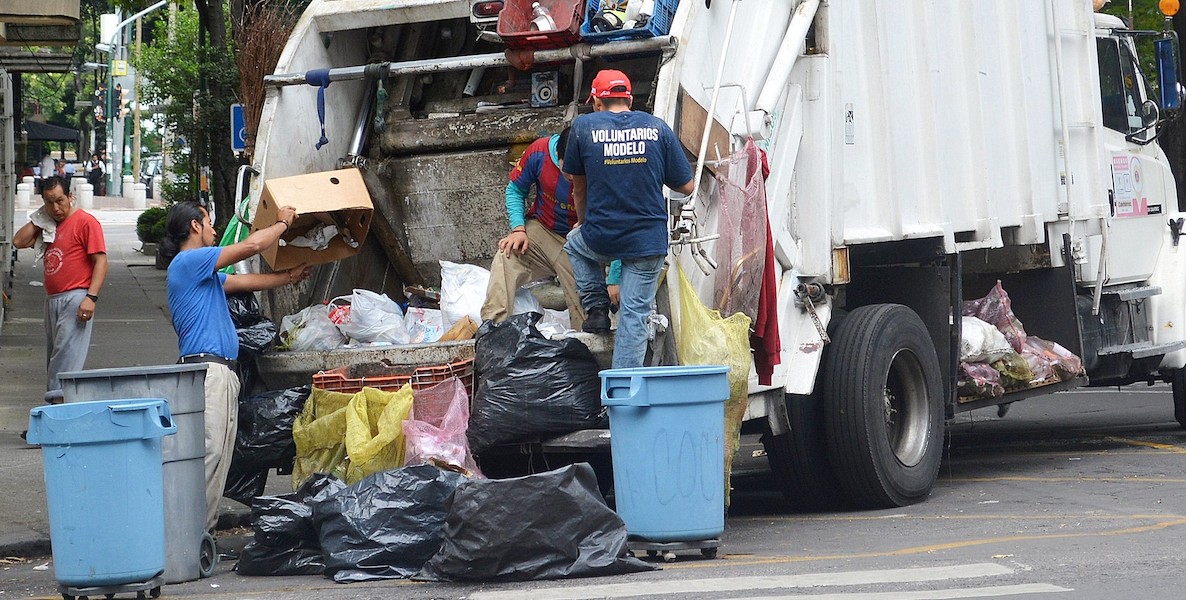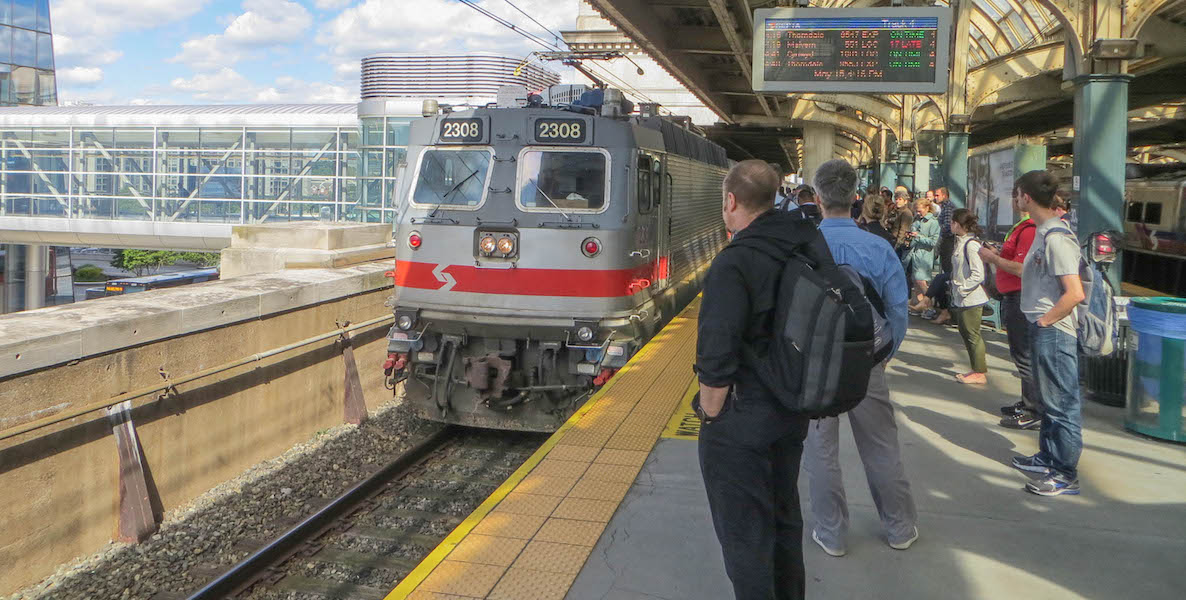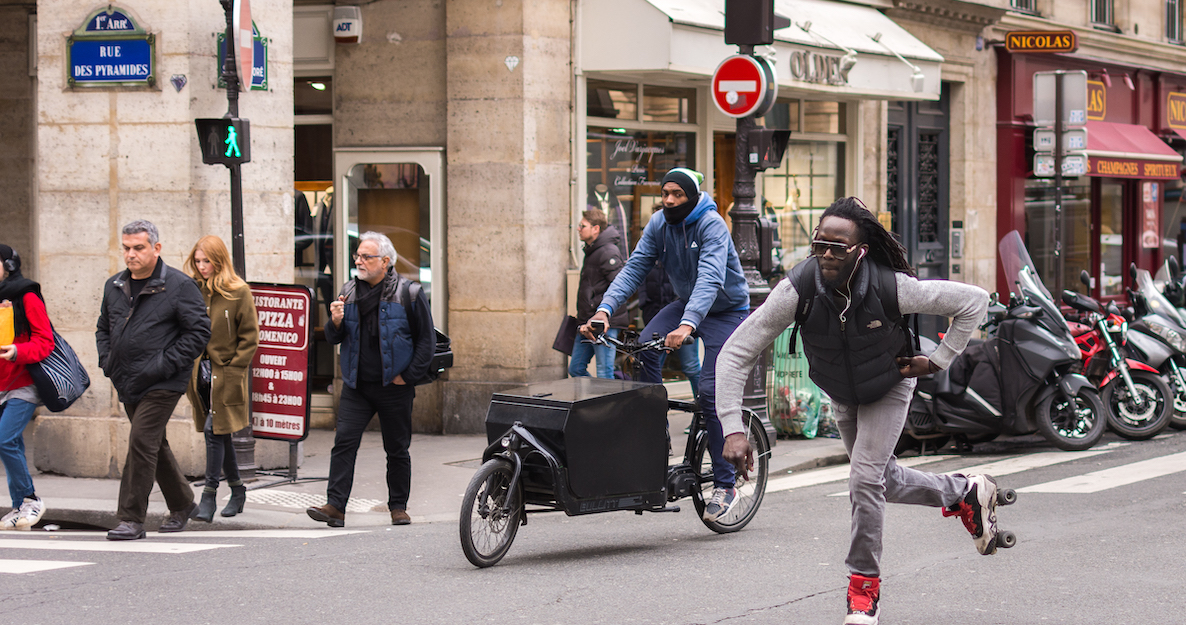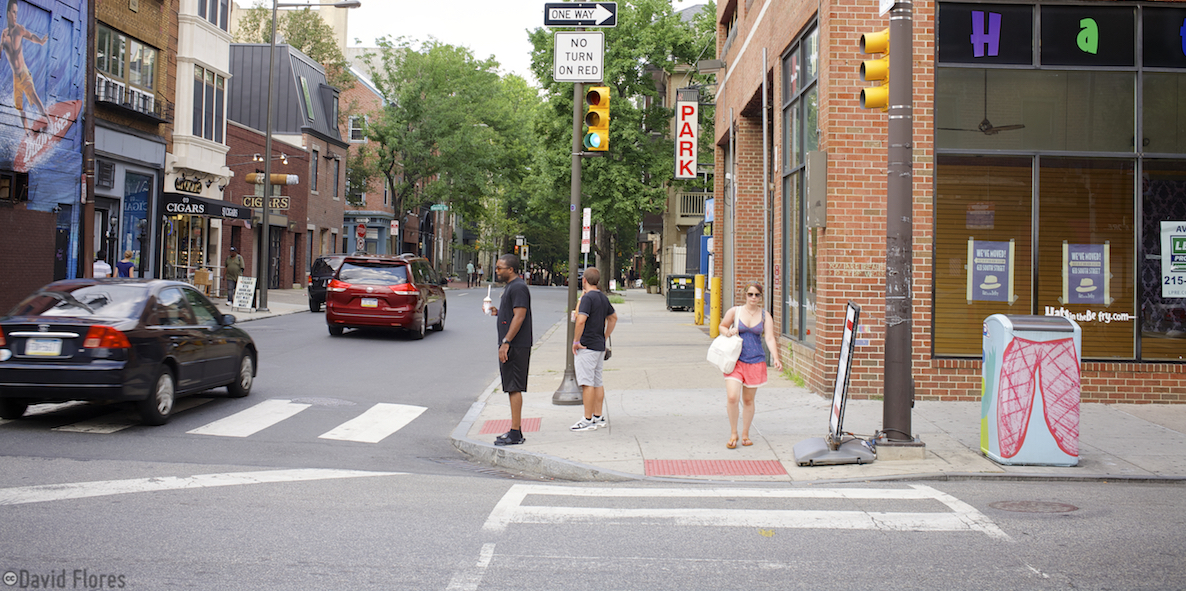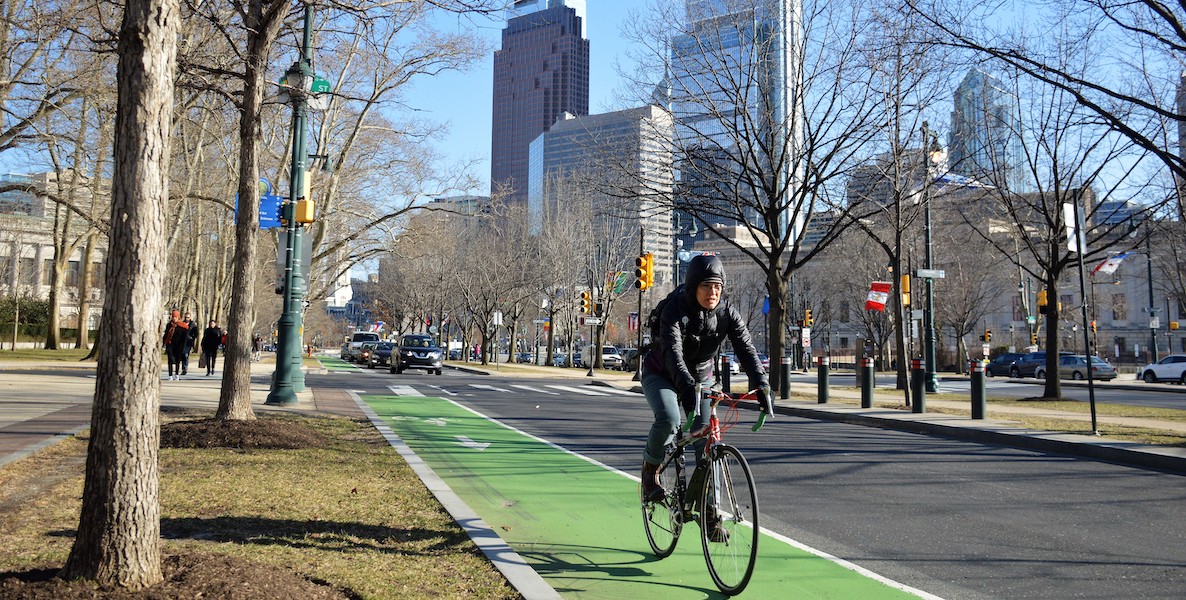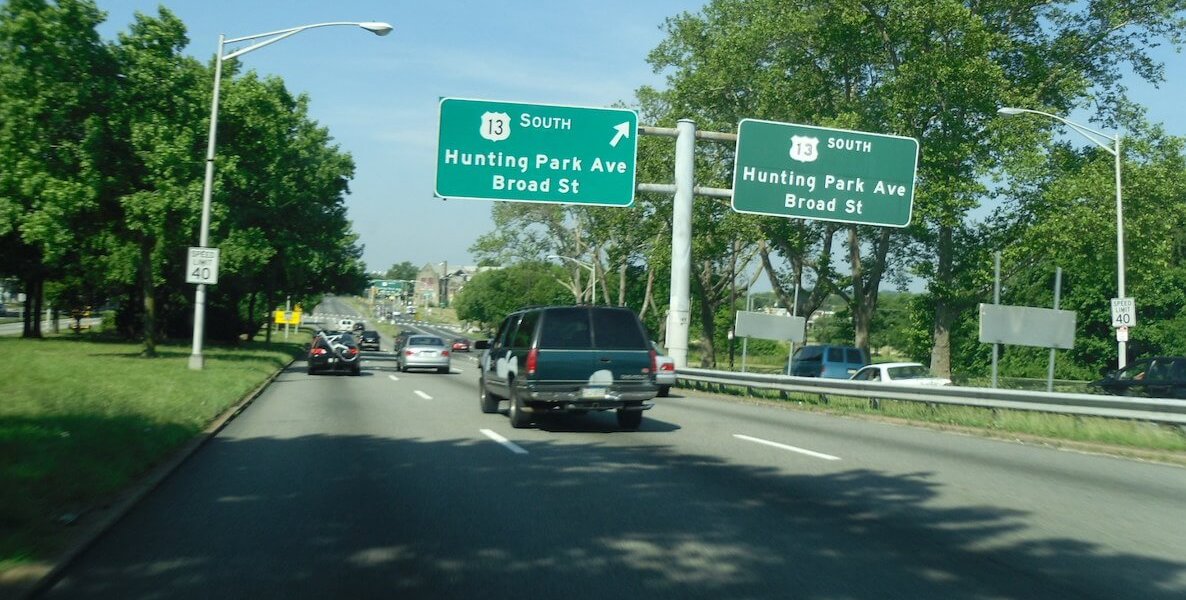The Philadelphia Parking Authority’s decision to test speed cameras on Roosevelt Boulevard is in many ways a sensible thing to do. After all, the notoriously deadly road has long been treated as a race track by careless motorists who’ve made it Pennsylvania’s most dangerous roadway. And cameras are among the quick go-to solutions for immediate relief.
There’s some data showing they work: University of Oxford researchers studied similarly hectic British roadways in 2019 and found that speed cameras reduced collisions by 15 percent.
Read a quick version of this storyShort on Time?
And when easy-fix wonder technology like a speed camera is working that effectively, why complain? If you’re not driving like Speed Racer along Route 1 then you shouldn’t have anything to worry about.
The problem is not the technology itself (even though we do grow increasingly wary of even more tracking devices, surveillance cameras and AI-enhanced doorbells monitoring every movement). The problem is who is disproportionately affected.
In the inaugural rollout of speed cameras in Philadelphia, PPA and City Hall have imposed them on a section of the city with the fastest growing poverty rates. A closer inspection of initial speed camera placement on Roosevelt Boulevard shows the bulk of their locations in neighborhoods where poverty has increased substantially, especially as higher rents, less affordable housing and gentrification shift lower income populations deeper into what was once a much more middle class Northeast.
Route 1, as it’s also called, isn’t merely a 90,000-car-a-day transportation artery conveniently used for commutes or a way to the racetrack. It’s become a geographic casualty at the intersection of the city’s relentless poverty and housing squeeze.
In the inaugural rollout of speed cameras in Philadelphia, PPA and City Hall have imposed them on a section of the city with the fastest growing poverty rates.
Poverty throughout Northeast Philly has jumped astronomically since the 1990s, with noticeable spikes throughout the 2000s and rapid acceleration in the 2010s. The reason is something we see happening in front of us, in real-time and as fast as a day-to-night lapse cam. Lower income residents are flowing away from the central parts of the city into affordable metro rings and suburbs while upper income folks are moving into the core.
What we’re seeing along the Roosevelt Boulevard corridor where these speed cameras are being positioned are poverty jumps of city-wrecking proportions: four out of the eight proposed speed camera locations, for example—from North 2nd Street to Harbison Avenue—are where we find some of the highest increases.
- Olney, at 30 percent poverty, saw a 108-percent increase over 30 years.
- Juniata Park/Feltonville is at 37 percent poverty, experiencing a 138-percent rise over that same period.
- Lawncrest is at 30 percent poverty and witnessed a 291-percent increase since 1990
- Frankford, at 36 percent, saw a 143-percent rise.
- Meanwhile Mayfair, which once had a small 4 percent poverty rate, is now at 18 percent: a 420-percent increase.
Entire stretches of Roosevelt Boulevard through Northeast Philly, where the initial speed cameras are being placed, are where the largest bumps in Philly’s economic distress are happening. One camera placement is in the Rhawnhurst section which now has an 18-percent poverty rate after a nearly 200-percent increase over the same time period.
The Northeast is no longer mostly White and stable-income; it’s now increasingly filled with pockets of Black, Latino and migrant residents, and many struggling to make ends meet. These are the residents who will, ultimately, be keeping the speed camera revenue flowing, those already having a hard time paying for everything else … and, of course, now this.
“When we talk about speed cameras, sure, it’s a huge ingredient to slow down drivers, and that’s important,” said Kea Wilson, a St. Louis-based transportation expert and editor for StreetsBlogUSA, who was on Reality Check on WURD earlier this week. “But, and this is my personal opinion: I’m just very skeptical of speed cameras. You can’t ignore the huge racial discrepancies in the enforcement of [them].”
Wilson argues that if cities like Philly really care about reducing traffic collisions, injuries and fatalities they should look at “traffic calming” strategies rather than punitive measures.
“Just make the investment in engineered traffic-calming infrastructure like speed bumps, for example, which do work, or more stop signs and yield or stop lights,” she says. “Not only are we seeing racial disparity in the enforcement, but it’s a situation where people have to take a day off work to fight the ticket. They can’t afford that.”
How to not get a ticketCheat Sheet
The “Vision Zero” movement heralded by cities in a bid to eliminate traffic fatalities and serious injuries by 2025 is commendable, but folks are seeing a spike in racial targeting, from the basic police stops to navigating tricky and sophisticated ecosystems of ticket-spitting tech that’s disproportionately located in neighborhoods “of color.”
Transportation expert Adonia Lugo warned cities about Vision Zero’s mean racial streak back in 2015—going so far as to quit her gig at the pro-Vision Zero League of American Bicyclists to make the point. “Beyond questioning the inequitable tendencies of these familiar bike movement traits, I was alarmed that a pillar of Vision Zero had increased police enforcement of traffic violations,” wrote Lugo in a blog post. “In the same year that multiracial groups were filling streets across the United States to call attention to the deadly effects of racial profiling in policing.”
Wilson, Lugo and others are making a strong point. Take Washington, D.C., as one glaring cautionary tale that Philly would be wise to consider. Speed cameras have proliferated along all the major routes in and through the District of Columbia, with both D.C. government and neighboring Prince George’s County, Maryland government racking up speed citations at every key road within D.C. and throughout what is known also as “P.G.”
The problem: These are the Blackest areas of the D.C. metropolitan area. Black commuters flowing in and out of D.C. must then contend with a complex and intricate web of speed cameras, many now equipped with mobile capabilities so enforcers can move them into new locations unbeknownst to already stressed motorists. Even Montgomery County, as that becomes less White, less affluent and much more diversified with a constant influx of migrant populations, has a vast network of speed cameras.
“My analysis of moving violation citations and crash data suggests that the racial geography of D.C. does play into the enforcement of traffic violations,” wrote D.C. Policy Center expert William Farrell, who devoted an entire 2018 report to the issue. “Census tracts with higher proportions of Black residents are associated with a higher incidence of traffic fines, despite not experiencing a greater number of crashes.”
White and much more affluent D.C.-area residents, flowing in and out of the nation’s capital from Northern Virginia and the northwest parts of the city, aren’t saddled with this issue.
Northern Virginia, overwhelmingly White middle-class (even as it’s become more diverse) has no speed cameras (although the Virginia state legislature did recently approve speed camera use in the state, so let’s see in what neighborhoods they end up).
“Census tracts with higher proportions of Black residents are associated with a higher incidence of traffic fines, despite not experiencing a greater number of crashes,” wrote D.C. Policy Center expert William Farrell.
With the majority of D.C. speed cameras concentrated in the city’s Black neighborhoods or at corridors where mostly Black motorists funnel in, there are fewer seen on the whiter side of town.
Could Philly be veering down this same road? The PPA has notoriously saddled lower-income Black and Brown residents with the lion’s share of parking violation fines for years, as we’ve written about in this same column.
About Philly's transit woesRead More
Or, why not build out high-speed SEPTA-bus-only routes to encourage greater use of mass transit? Whatever happened to those Roosevelt Boulevard mass transit plans anyway?
For lots of reasons, this rush to speed cameras feels like another easy hustle idea by a city and state never shy about pickpocketing the poor to pay for government budgets. The dangerously legendary Lincoln Drive, which requires Formula One skills to drive on, has long been a place where even residents there have begged city and state officials for years to install speed cameras.
If Philly is piloting a new program to study benefits citywide then why not pilot at strategic points all throughout Philadelphia as opposed to selectively guinea-pigging one area? It’s a peculiar decision—but maybe not when we consider that the high affluence and posh real estate of the Lincoln Drive area may preclude any motivation for speed enforcement there.
Let’s hope fatalities along Northeast Philly’s dreaded route decrease as speed cameras expand. But let’s keep an eye out for other destructive indicators and socio-economic ripple effects of yet another creative PPA-imposed burden.
Philly needs to seriously check that urge. Just ask Ferguson.
Charles D. Ellison is Executive Producer and Host of “Reality Check,” which airs Monday-Thursday, 10 a.m.-1 p.m. on WURD Radio (96.1FM/900AM). Check out The Citizen’s weekly segment on his show every Wednesday at noon. Ellison is also Principal of B|E Strategy, catch him if you can @ellisonreport on Twitter.
Want more local transportation news? Check out these related articles:
- Why Philadelphia must win the transit war
- PA bill would make it easier to install protected bike lanes in Philadelphia
- Want to fix the traffic problem in Center City? Start by reducing trash pickup.



